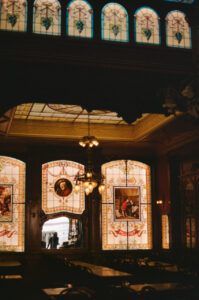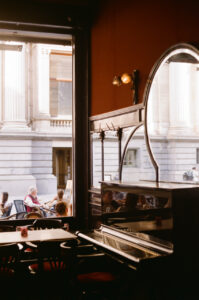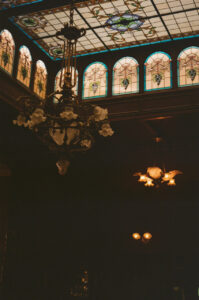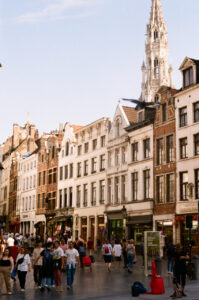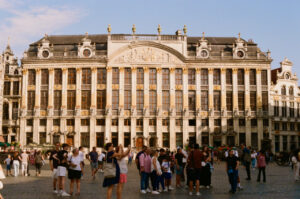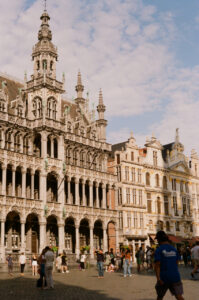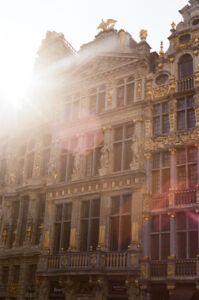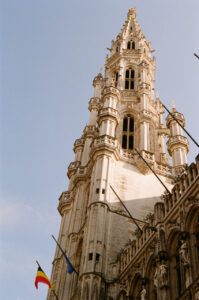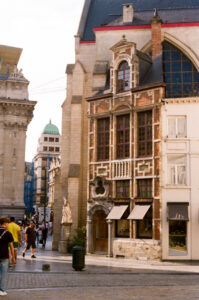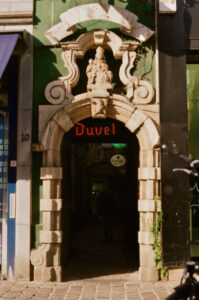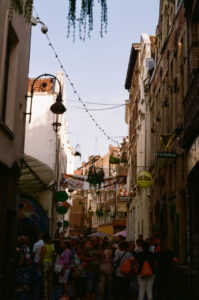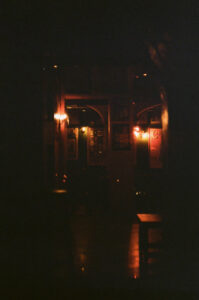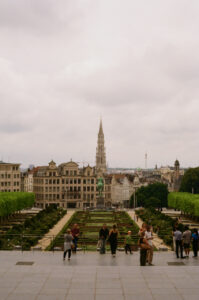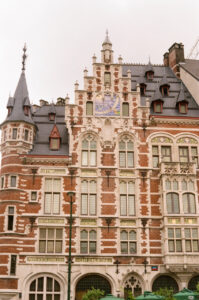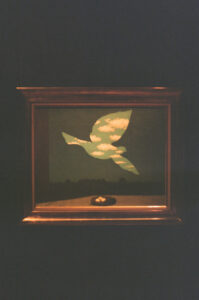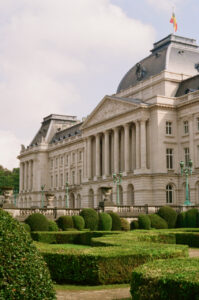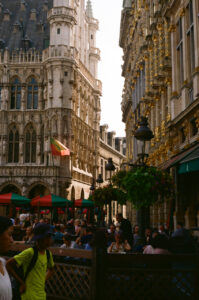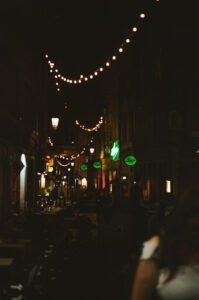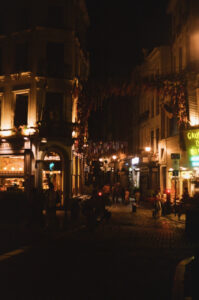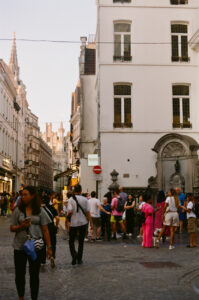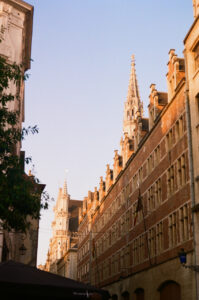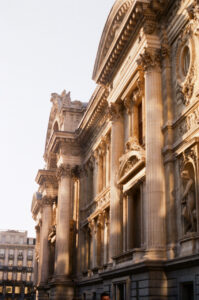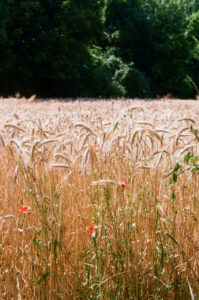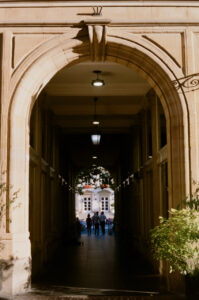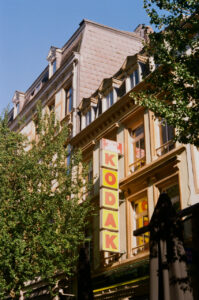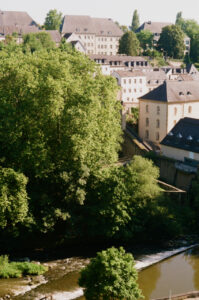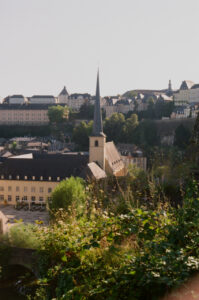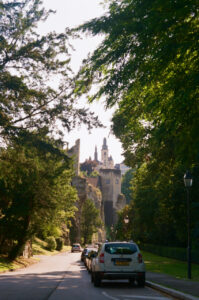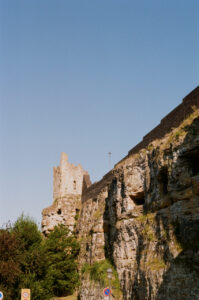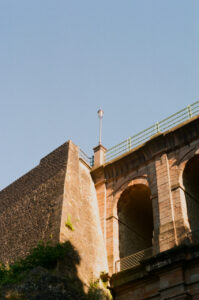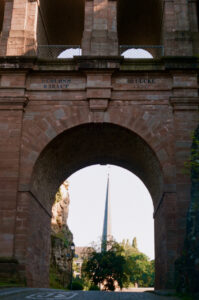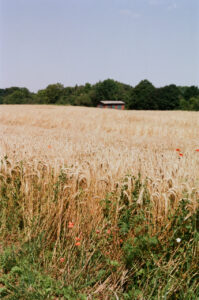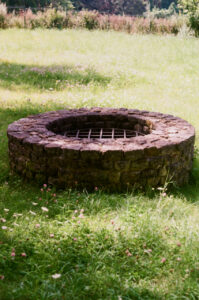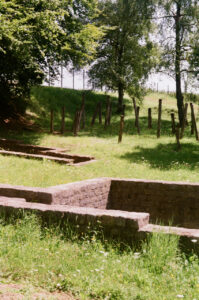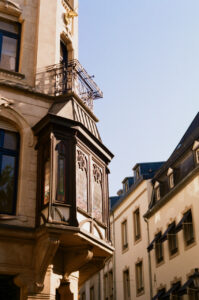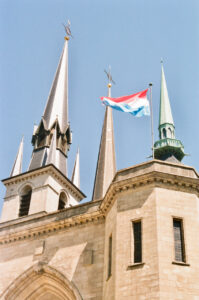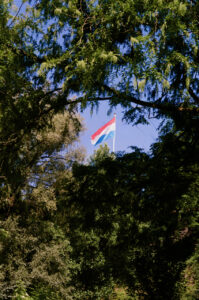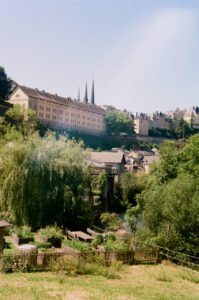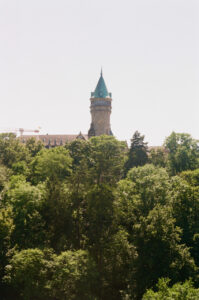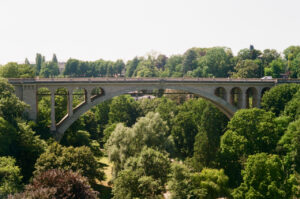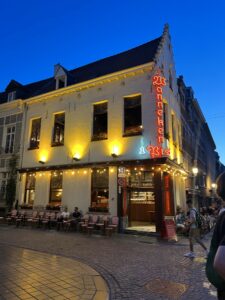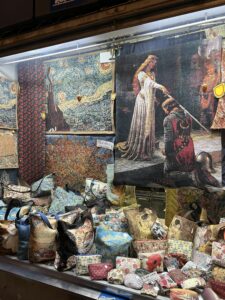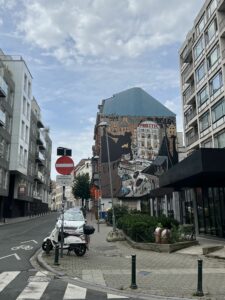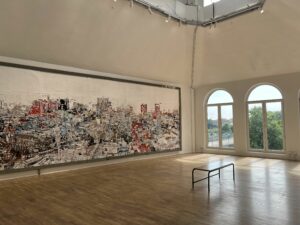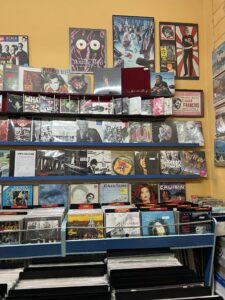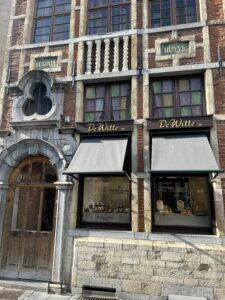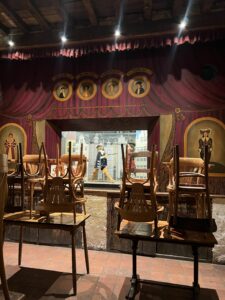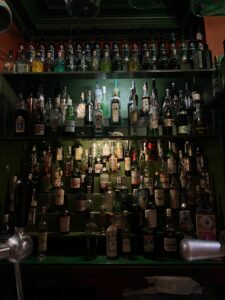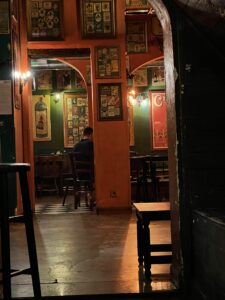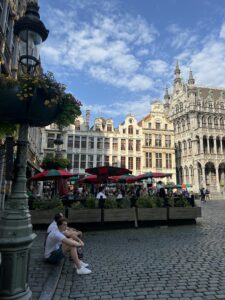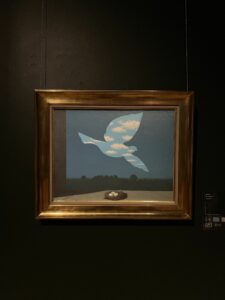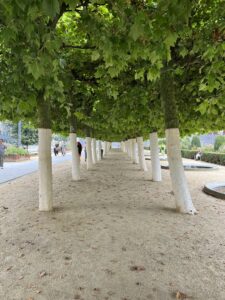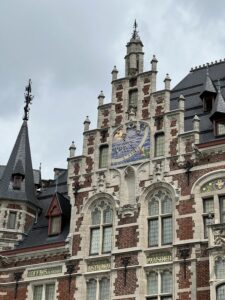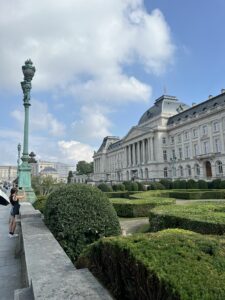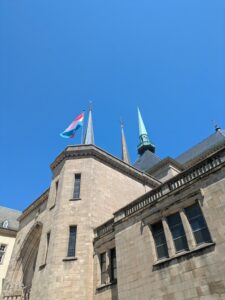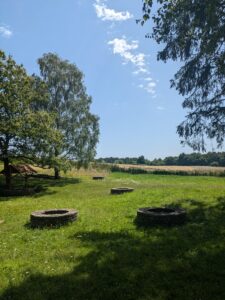Geneva/Montreux/Nyon:
1.“Boogie Woogie Stomp” – Albert Ammons
To echo the wine-red-faced man’s performance of boogie-woogie in Nyon, my friend Archie (a talented pianist) played this song to me amongst the jazz nightlife. Not my usual cup of tea, I enjoyed it to start off the trip!
- “Lou’s Tune” – Dargz
Bizarrely at the festival, the actual amount of jazz played is limited. Moreso there is a huge plethora of pop artists available free-to-watch on the stages. Dargz, an artist I was unfamiliar with, played one of the main stages. This soulful, contemporary number was a good soundtrack to our evening in Montreux before we left amid a storm.
- “Stars (Live in Montreux)” – Nina Simone
This is a classic, I suppose, reflecting the history of the festival. As we say in Scotland this is a “tune”. Not much to be said about Simone that hasn’t been said before, a classic for a classic festival. Switzerland is odd for music, not a huge folk-music tradition but lying within it one of the greatest stages for artists (jazz and other) in the world. A bizarre dichotomy, rounding off the great few days in Montreux and Nyon.
Nice:
- “Ode to Rahsaan” – Berlioz
While not specifically french, this new jazz dance music reflects the romantic and artistic ambiance of the Côte d’Azur. I was maybe slightly reeling off of the jazz festival, but this song reflects the small winding streets and nightlife of Nice more appropriately. Nice felt more jazzy? Hopefully that makes sense. Modern and eclectic, whilst appropriately captivating and romantic.
5. “Nissa la Bella” – Traditional
A hymn to the beauty of Nice, this Niçois folk song is a celebration of the region’s identity. Nice was a favourite of the trip, a region of France and Europe I had not visited before. Beautiful folk tradition, and some of the best in “Nissa la Bella” of which I heard in my research of the region.
6. “Sous le Soleil Exactement” – Serge Gainsbourg
A sultry and jazzy track that embodies the Mediterranean elegance and relaxed vibe of Nice. Again, this was playing in my ears as we wandered down the coast. Gainsbourg is the best!
7. “Have a nice day” – Stereophonics
This is a bit silly. But simple English play on words reminded me of this band from Wales whilst we were in Nice. I think on hindsight it is particularly appropriate as the song is about being a tourist abroad and the local view on this. This, coupled with the mire of English tourists sun-soaking in Nice, I thought the song most appropriate. Also just a fun soft-rock choice
Barcelona/Tarragona:
- “Sun is Gone” – New Candys
I heard this in a coffee shop in the gothica and couldn’t get it out of my head! Accidentally became my Catalan anthem. I was wary of my Scottishness in Barcelona, simply through the guilt of visiting a city so renowned for its denouncing of tourists in the modern-day. The coffee shop was full of Brits, Americans and Aussies failing in their Catalonian pronunciations. Good song this, bit psychedelic.
9. “El Cant dels Ocells” – Traditional
A Catalan song, famously played by cellist Pablo Casals I am led to believe, heard near “Bar Zim” in the gothica. A musician in Edinburgh told me to visit this bar, an overall enjoyable experience.
10. “La Rumba de Barcelona” – Gato Perez
A lively rumba. The town was bustling when we arrived in the height and heat of July. I can certainly see the issues tourism brings to Barcelona, there wasn’t space to move!
11. “Mediterráneo” – Joan Manuel Serrat
Serrat’s tribute to the Mediterranean evokes Tarragona’s coastal beauty. We stopped in Stitges on the way back, nursing a heat-hangover and listening to buskers in the sun amidst a horrible smell of fish.
12. “Chinese Translation” – M Ward
A folky track. Included due to my staring out the window on the train on the way back. The train-beat drums echoing the train ride back.
13. “King of Spain” – The Tallest Man on Earth
Again, word association plays its part here. This Swedish folk singer is all about, and after hearing what I believe to be his song “Wind and Walls” in a bar in La Gracia on our final night in Barcelona, “King of Spain” was appropriately stuck in my head. It’s good to note that these songs transcend countries. Especially a song about the romance of fleeing to Barcelona for a woman.
Porto:
- ““Barco Negro” – Amália Rodrigues
A classic Fado song that epitomizes the melancholic beauty of Portuguese music. Albeit we didn’t hear much Portuguese music upon our arrival, I stumbled across this folk tune when poking around the small bars on top of the hill and learning about “Fado”
15. “Porto Sentido” – Rui Veloso
Often referred to as the “father of Portuguese rock,” Veloso’s homage to Porto captures the city’s soul in a modern yet nostalgic way.
16. “Where it’s easy to be Beautiful” – Micah Preite
A lovely little ditty from someone I believe to be of Portuguese descent. This song played out of my phone speaker as I sheltered from the sun in my bunk-bed within the hostel.
17 “Fazer Falta” Mc Livinho
Not really my favourite type of music, but would be remiss of me to omit as I think I heard it 4 or 5 times out of bars in late-night Porto.
Luxembourg:
- “De Feierwon” – Tonnar Urwald
A traditional Luxembourgish folk song, often regarded as Luxembourg’s unofficial anthem. It captures the pride and history of this small, multicultural country. Luxembourg was hard to find a great deal of music within it, it was definitely the quietest country we visited along our journey. This song however, is harsh, brutal and abrasive, which reflected our friends views on his home country as he guided us around. - “Rua das Flores” – Primeira Dana
Reflecting the large Portuguese community in Luxembourg, this indie song embodies the rich emotional and melodic style of Portuguese music in its modern form. Lots of small Portuguese restaurants and bars in Luxembourg city would seemingly play this sort of music, so I thought it appropriate.
Bruxelles:
- “Ik wil je” – De Kreuners
Brussels felt the most like home, being Scotland. It’s much more industrial, with the typical north-european charm of small, semi-abandoned record shops dotted around the city centre. Poking my head in, this small 7” record popped out to me, mainly due to the ludicrous nature of the band on the cover. The song is fun though! Reminiscent of A Flock Of Seagulls I thought. An enjoyable find in a less romantic, more brutalist setting.
21. “Laat Ons Een Bloem” – Louis Neefs
This Eurovision song contest contestant and Belgian charts frequenter adds a great addition to the list as we get to the end. I saw some of his records with his big hair within the record shops near “free” postcards and books. A discarded pop-singer from a forgotten era (with silly hair). Great wee tune. - “Als ze Lacht” – Yevgueni
A lovely Belgian record from the pop group from the 2000’s, a forlorn sounding tune, which played as I left on my flight home, not far from where the band were formed.
Included below is a spotify link to the soundtrack of our trip:



